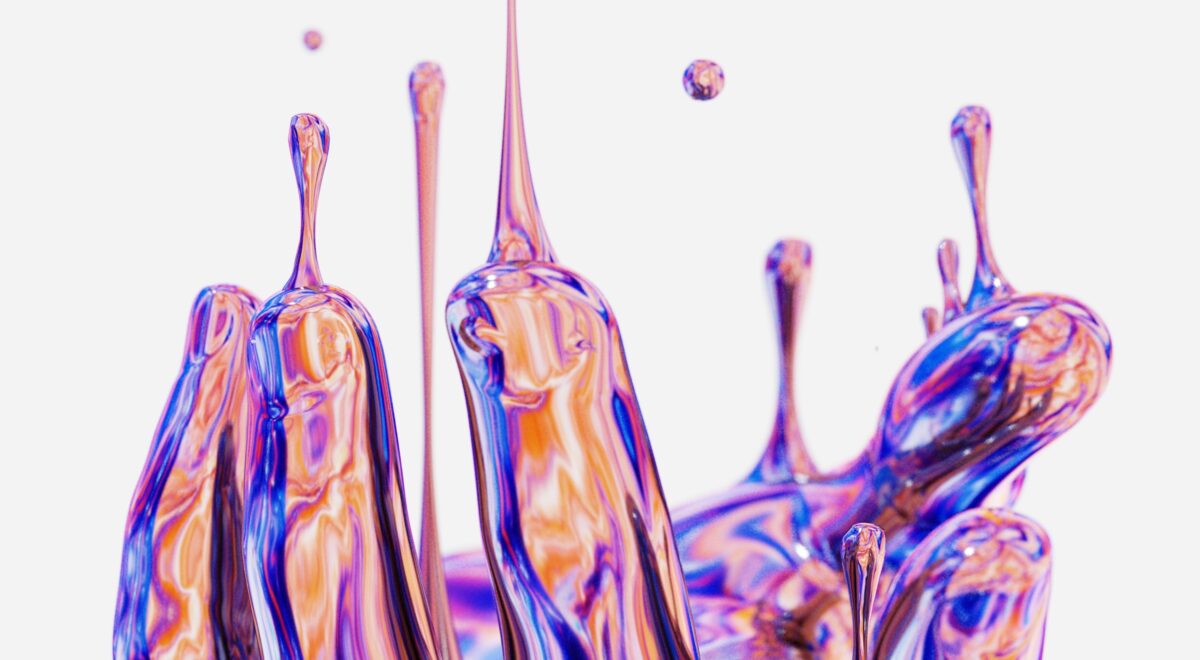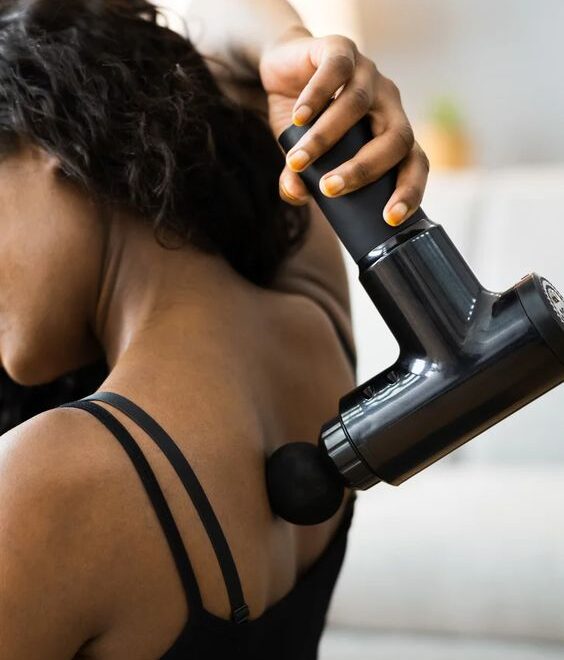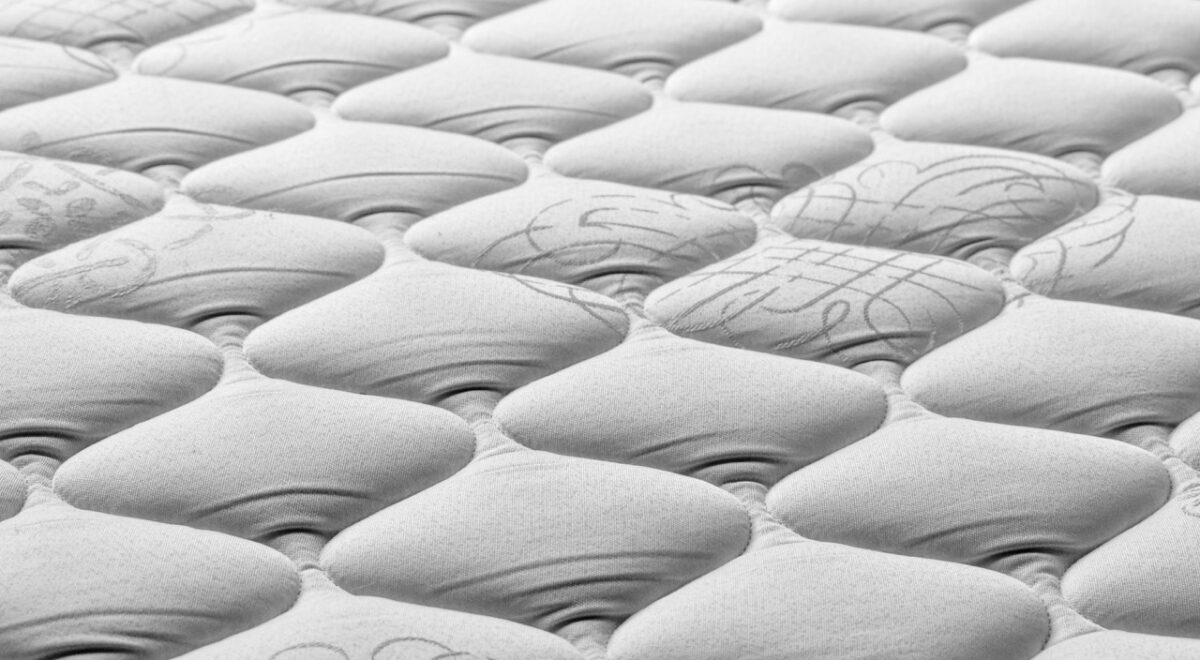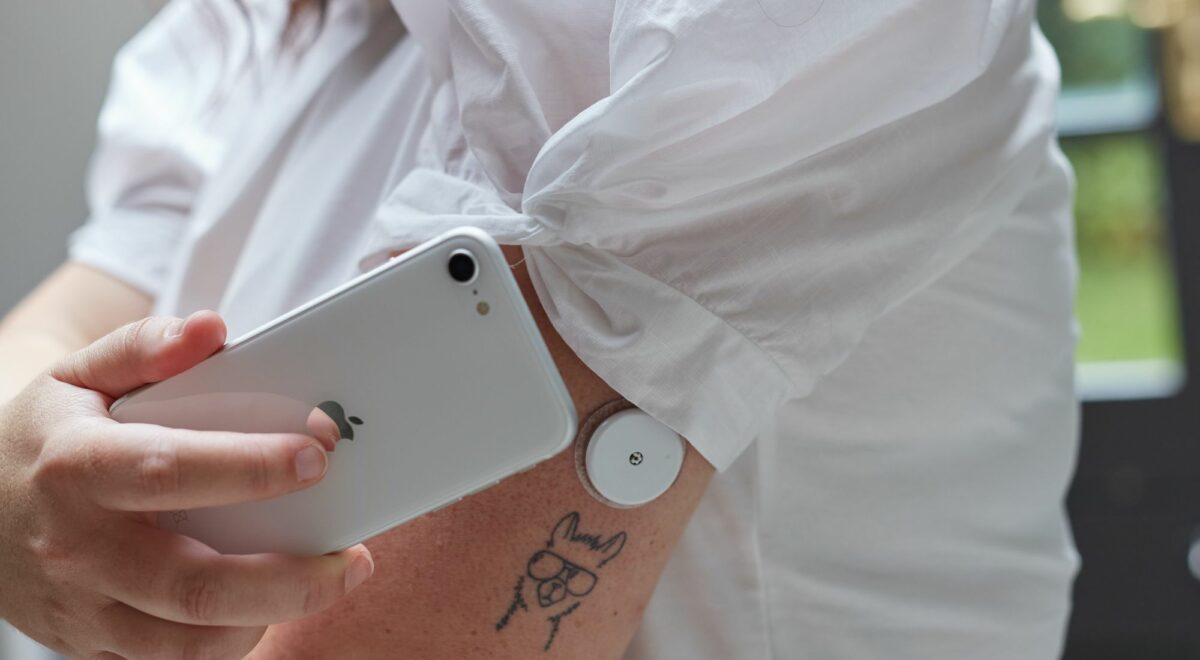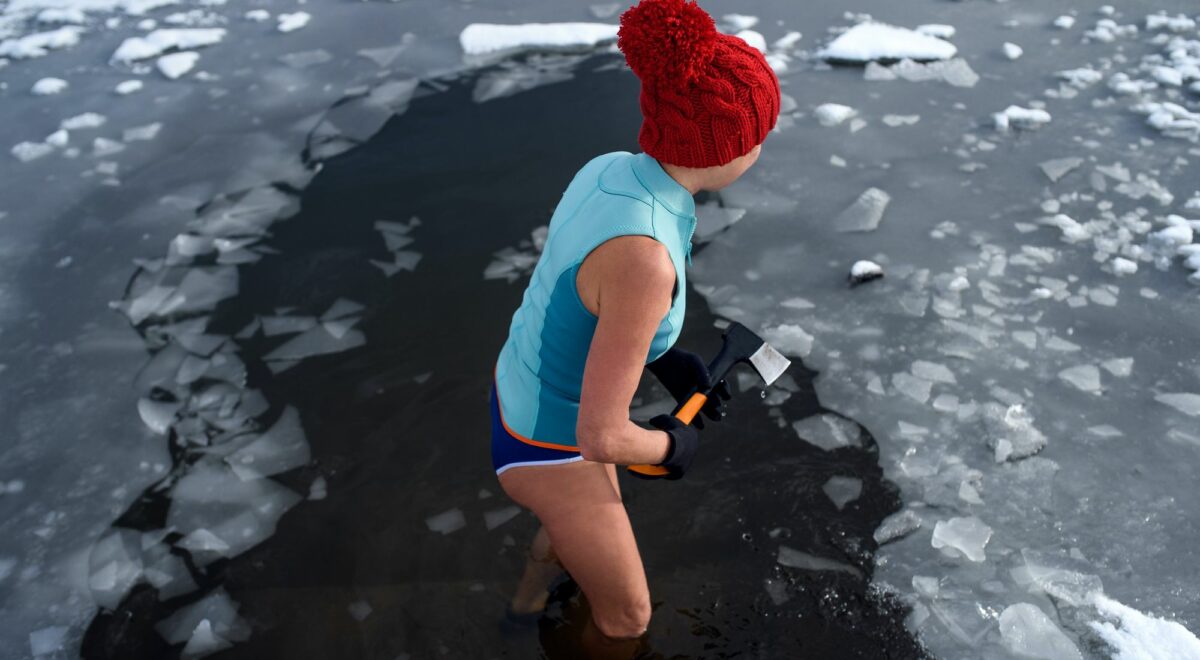Contrast bathing, also known as contrast hydrotherapy or contrast therapy, involves alternating between hot and cold water to stimulate the body’s healing processes. It’s a simple, cost-effective method popularised by athletes to speed up recovery, but can be used to recover from physical exertion, reduce muscle soreness, and improve overall health. Contrast bathing works primarily through its effects on the body’s circulatory system, influencing two main mechanisms.
- Vasodilation: The heat from the hot water causes the blood vessels to expand, a process known as vasodilation. This results in increased blood flow, bringing fresh oxygen and nutrients to the area to promote healing.
- Vasoconstriction: The cold water causes the blood vessels to narrow, a process known as vasoconstriction. This pushes blood away from the surface and reduces inflammation and pain.
Alternating between hot and cold stimulates a “pumping” action in the blood vessels and lymphatic system, helping to flush out toxins, reduce swelling, and speed up recovery.
Contrast bathing can be beneficial for anyone but it may be most beneficial for people who have:
- Delayed onset muscle soreness (DOMS) from exercise
- Minor sports injuries
- Poor circulation
- Arthritis and other joint disorders
However, as it subjects the body to rapid temperature changes, it’s not recommended for people with certain health conditions like heart disease, neuropathy, or Raynaud’s disease, as it could exacerbate these conditions. Vipin Sharma, a Deep Health Coach, and an Ultra Distance Athlete also warns against a common pitfall that you might want to remember if you’re looking to try out this practice. “Contrast showers done at night can harm the quality of your sleep. I’ve been awake all night on occasion. This might be a personal anecdote, but it’s something to be mindful of,” he says.
For most people though, Contrast bathing, if done safely & mindfully, provides many benefits, including:
- Improved circulation: The alternating hot and cold can help stimulate blood flow and improve circulation.
- Reduced muscle soreness: It can help relieve muscle soreness, especially when used after exercise.
- Accelerated recovery: It may speed up recovery from sports injuries or intense workouts.
- Reduced swelling and inflammation: The cold phase may help reduce swelling and inflammation.
- Improved flexibility and joint health: Improved circulation can help keep joints healthy.
Getting started with contrast bathing is simple enough & can be done at home. Ideally, speak to your healthcare provider before starting a new regimen, especially if you have any existing health conditions. To prepare for the bath, you’ll need two containers large enough for the body part you want to treat. Fill one with hot (not scalding) water, and the other with cold water that is uncomfortably cold. You can add ice to the cold water if you’d like.
- Start with heat: Submerge the affected area in the hot water for 3-4 minutes. The water should be warm but comfortable.
- Switch to cold: Quickly switch to the cold water and stay for 1 minute, even though it may feel shockingly cold.
- Repeat this cycle for 3-5 rounds, ending with the cold bath.
If you don’t want to go through the trouble of switching between two containers or are constrained by space, you can also simply switch between the knobs in your shower instead. For the best results from a contrast shower, make sure there is a significant temperature difference between the hot and cold parts. Aim for longer hot showers%20water%20for%20another%203) (around 3-5 minutes) and shorter cold showers (about a minute).
Before starting anything new for health- ABSOLUTELY ANYTHING- blood work and clearance from a GP should be taken, because our general assumptions of “being healthy” may be completely off.
If you’re interested in trying contrast bathing, it’s important to seek the guidance of a qualified therapist. Keep in mind that certain medical conditions (as mentioned earlier) may increase the risks associated with this practice.

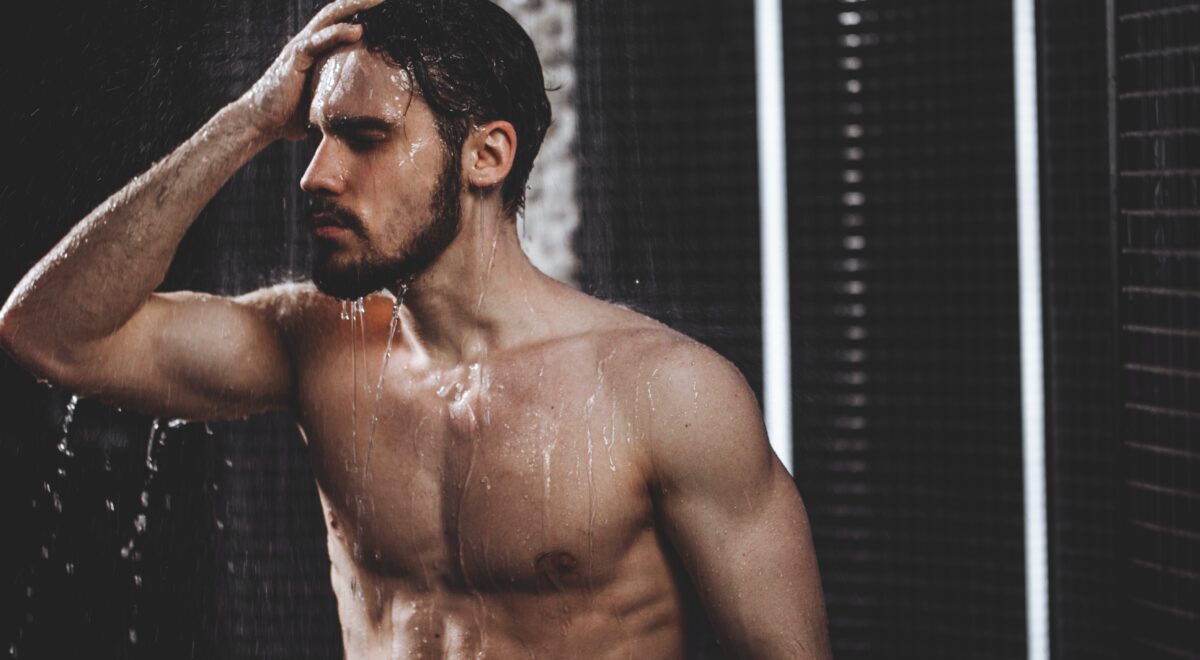

 Your immune system is your body’s built-in defense mechanism, working tirelessly to protect you from illness. If you’re searching for natural ways to boost immune system health, the good news is that small, sustainable changes can strengthen your body’s defenses. Whether through better nutrition, improved sleep, or stress management, these science-backed strategies will help you stay healthier and more resilient.
Your immune system is your body’s built-in defense mechanism, working tirelessly to protect you from illness. If you’re searching for natural ways to boost immune system health, the good news is that small, sustainable changes can strengthen your body’s defenses. Whether through better nutrition, improved sleep, or stress management, these science-backed strategies will help you stay healthier and more resilient.
 What Is a Steam Room?
What Is a Steam Room? What Is a Sauna?
What Is a Sauna?
